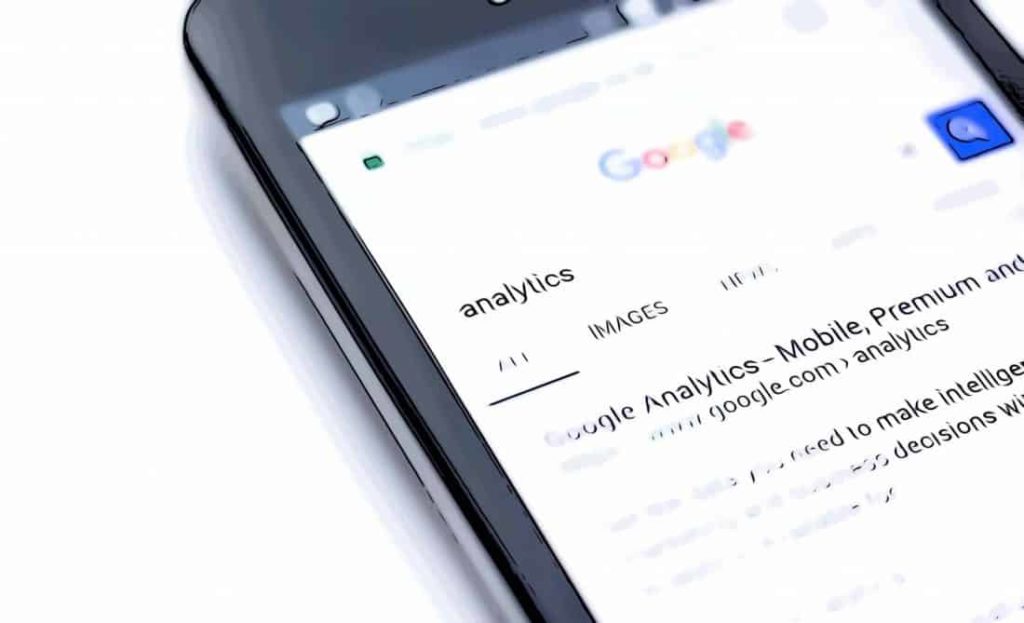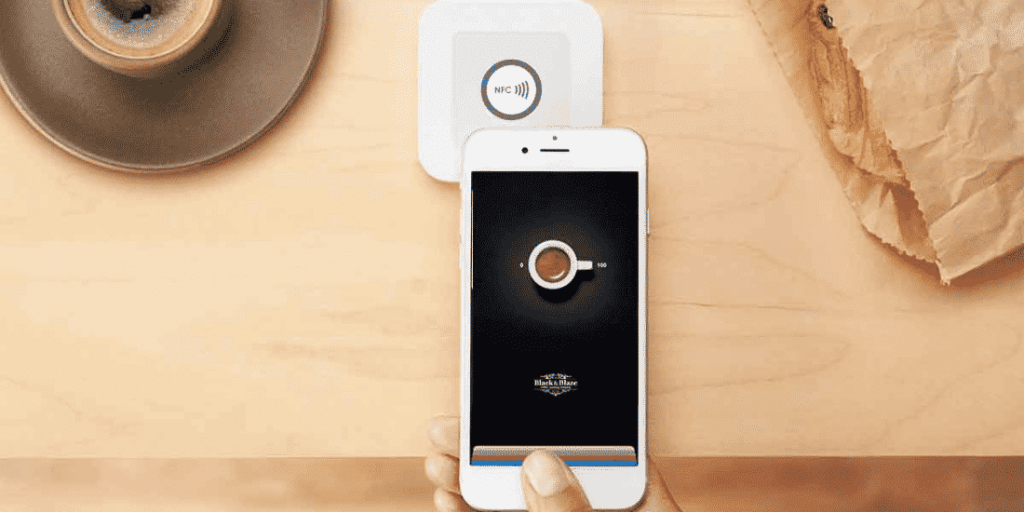Table of Contents
What is the bidstream?
The bidstream is a network of advertising requests that deliver ads to mobile devices.
A bid request refers to the moment when a publisher auctions off an ad slot to an advertiser. This request delivers an ad to the device.
When the ad is delivered, some information is passed back the other way. This information contains ad related information, but ofter it comes with additional details. These sometimes include a form of location.
This location data is then packaged and used for a wide range of applications.
But sadly this isn’t always a great proposition. Here’s the thing with your bidstream data…
The problem
Geodata is no longer just an experimental solution. Location data is fueling some of the most advanced marketing efforts.
Because of this, marketers are rightfully demanding greater transparency around this data, where it comes from and how it is created.
The problem with bidstream data is that it is often inconclusive, inaccurate, or even fraudulent.
The thing with bid stream is that it can very quickly provide a large amount of scale. Due to the sheer number of devices that display ads, the number of location points can be quite appealing.
However, too many marketers are blinded by this scale and refuse to focus on data quality.
This quality is what provides lasting ROI for marketers and allows for effective targeting, attribution, and insights.
The common pitfalls with bidstream data
General precision issues
Not all bidstream data is inaccurate but the data is often imprecise. What’s the difference? Well, it comes down the detail of the device location.
Some bidstream data is based on the IP address of the device. Sometimes this can cross over an area as large as 1km. In a city, this is not precise enough to understand the context of the device.
bidstream data that is collected in this way doesn’t go far enough to understand the context around device moment. SDK based data, for example, can understand the difference between a device walking past a store and a device visiting a store for a coffee.
Cached IP address
A common issue with bidstream data is that the device often passes back cached location signals. If a device has connected to a network before it can sometimes deliver this cached address, even when the device has moved to a new location.
Teleporting
Bidstream data is often confusing if you sit down and analyze it down to a device level. For example, we’ve seen devices move across the world in a matter of minutes!
This disparity demonstrates the issues that bidstream can present for marketers. The use of a VPN can cause these discrepancies.
These factors mean that bidstream data is unreliable. Some reports have places accuracy levels of bidstream data at less than 10%.
Marketers may be able to get their hands on large quantities of data through the bidstream, but this data has to be rigorously filtered to ensure any level of accuracy. Even then, these levels of accuracy are often unsuitable to carry out the type of campaign that will produce the desired results.
How do we know this?
We know what good data looks like because we deal with it every day.
We’ve spent years building a dedicated SDK that provides anomynized location data from mobile devices.
It’s the product of years of focusing on the inaccuracies involved in device location, and we’ve built many solutions to identify location data that is both precise and accurate.
But here’s the kicker – we thought about scale as well. We released that advertisers needed a way to scale this data to satisfy their marketing goals.
That’s why we worked on deploying our SDK to compete with the scale of bidstream.
Conclusions
Location data comes in many forms, and each has its advantages and disadvantages. Transparency is key, and marketers should understand that the data they use in their campaigns should be rigorously tested for accuracy.
The bidstream can generate large amounts of location data instantly. This data is often inaccurate and imprecise.
SDK driven data collection offers much-needed improvements in data accuracy and allows marketers to execute better campaigns.
See what you can do with precise data
James is the head of marketing at Tamoco




Leave a Reply